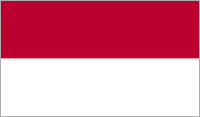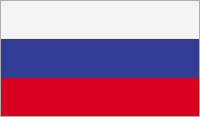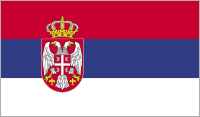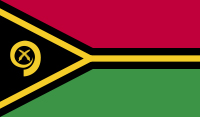
How can I search and compare the best schools for my child?
Choosing the right school for your child is one of the most important decisions you will ever make.
Understanding the Australian school system and the types of schools, will assist parents in selecting the school that will best meet their child’s needs.
- Independent or private schools – these schools are well established and some have long histories. Many are considered by Australian families to be very prestigious.
- Tuition fees range from approximately AUD$16,000 to approximately AUD$40,000 per year. Higher fees often mean that such schools are able to provide a wider range of specialist programs and contemporary facilities.
- Some schools have small student populations of around 500 students while others are larger with around 3000 students.
- Many have religious affiliations but many are also secular. All schools enrol students from a wide variety of backgrounds.
- Choices of school type include girls, boys, coeducational schools and schools that provide either boarding or homestay accommodation for international students. Some schools provide both boarding and homestay accommodation.
- Independent schools usually limit the number of international students to up to approximately 10 per cent of the total student population and some only have small numbers of around 15-30 international students.
- Some independent schools also provide intensive English language programs within the school while others have relationships with English language colleges.
- Government schools – in each Australian State or Territory, nominated government or public schools accept international students.
- These schools include some select entry schools in some States which are often considered prestigious.
- Most government schools are coeducational and provide homestay accommodation.
- Government schools also provide a quality pathway for international students.
- Tuition fees are approximately AUD$12,000-$15,000 per year
- International schools in Australia – these schools or colleges are usually established to teach the Australian school curriculum to international students.
- Sometimes the majority are international students with a minority of Australian students in attendance.
- Students should ask about the proportion of international students at a particular school when considering their choice of school.
There are two choices for international students to consider – (1) ELICOS programs delivered by private English language colleges or (2) English language preparation programs within a school.
English Language Colleges
- English language colleges are available in major cities in each state and many regional locations.
- Intensive English language programs are referred to as English Language Intensive Courses for Overseas Students (ELICOS).
- Many English language colleges have High School Preparation programs which are specifically designed to prepare international students for studying in Australian schools. These are usually full time intensive courses that students attend before they commence at a school.
- International students should complete an AEAS assessment to determine the number of weeks ELICOS they should study before commencing at their Australian school.
- Many Australian schools have preferred relationships with English language colleges.
- International students may contact an English language college directly or their preferred Australian school for advice.
English Language Programs in Schools
- Some schools provide their own intensive English program (ELICOS) within their school.
- Some schools provide an English language preparation program with students attending English language classes for less than 20 hours per week and other general classes with local and international students.
- The majority of Australian schools also offer ESL (English as Second Language) or EAL (English as an Additional Language) for between two to ten hours per week.
- International students should check with their preferred school on the type of English language support available and the number of hours each week they can access.
How can AEAS help?
Use the Australian Schools Information System to search and compare schools
The Australian Schools Information System (ASIS), developed by AEAS, is an innovative online marketing platform, addressing a number of long standing issues faced by parents, students and education agents as they seek information about school education in Australia.
School websites and marketing approaches can vary greatly, with information presented in different ways, often across multiple locations. Students, parents and agents often struggle to navigate their way through vast amounts of school information, complicating their search and slowing their decision making process. In particular, many find it difficult to source and interpret information about school enrolment processes and placement availability, especially where only limited information is available in their language.
Key functionality of the Australian Schools Information System

Visit this site to see some of Australia’s top schools

Search by location or
type of school

See what each school offers and compare school fees

Check place availability for the year level and year you would like to start
Using the AEAS report to apply to the best schools
The Australian Schools Information System (ASIS), developed by AEAS, is an innovative online marketing platform, addressing a number of long standing issues faced by parents, students and education agents as they seek information about school education in Australia.
School websites and marketing approaches can vary greatly, with information presented in different ways, often across multiple locations. Students, parents and agents often struggle to navigate their way through vast amounts of school information, complicating their search and slowing their decision making process. In particular, many find it difficult to source and interpret information about school enrolment processes and placement availability, especially where only limited information is available in their language.






































